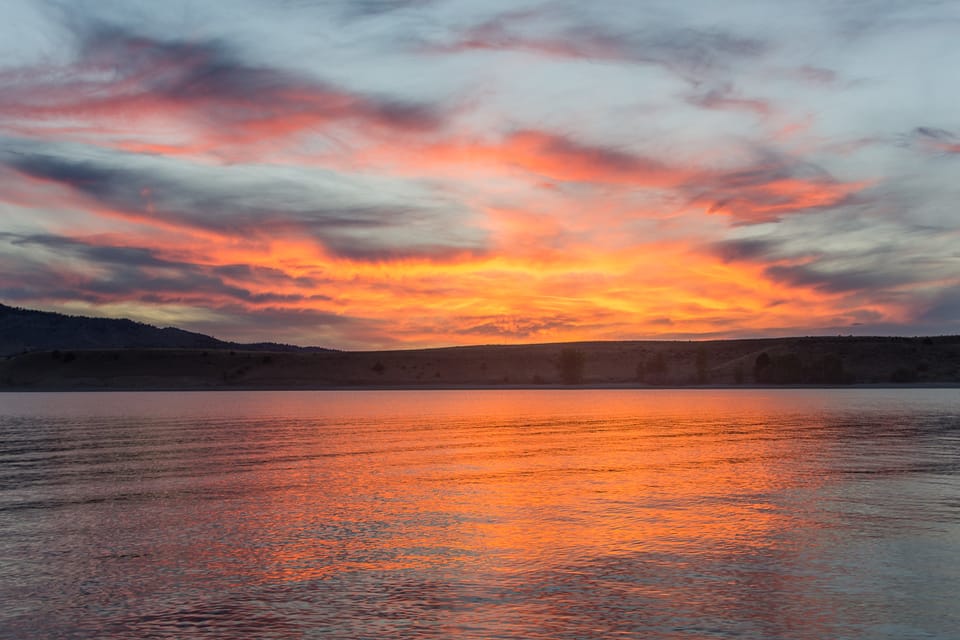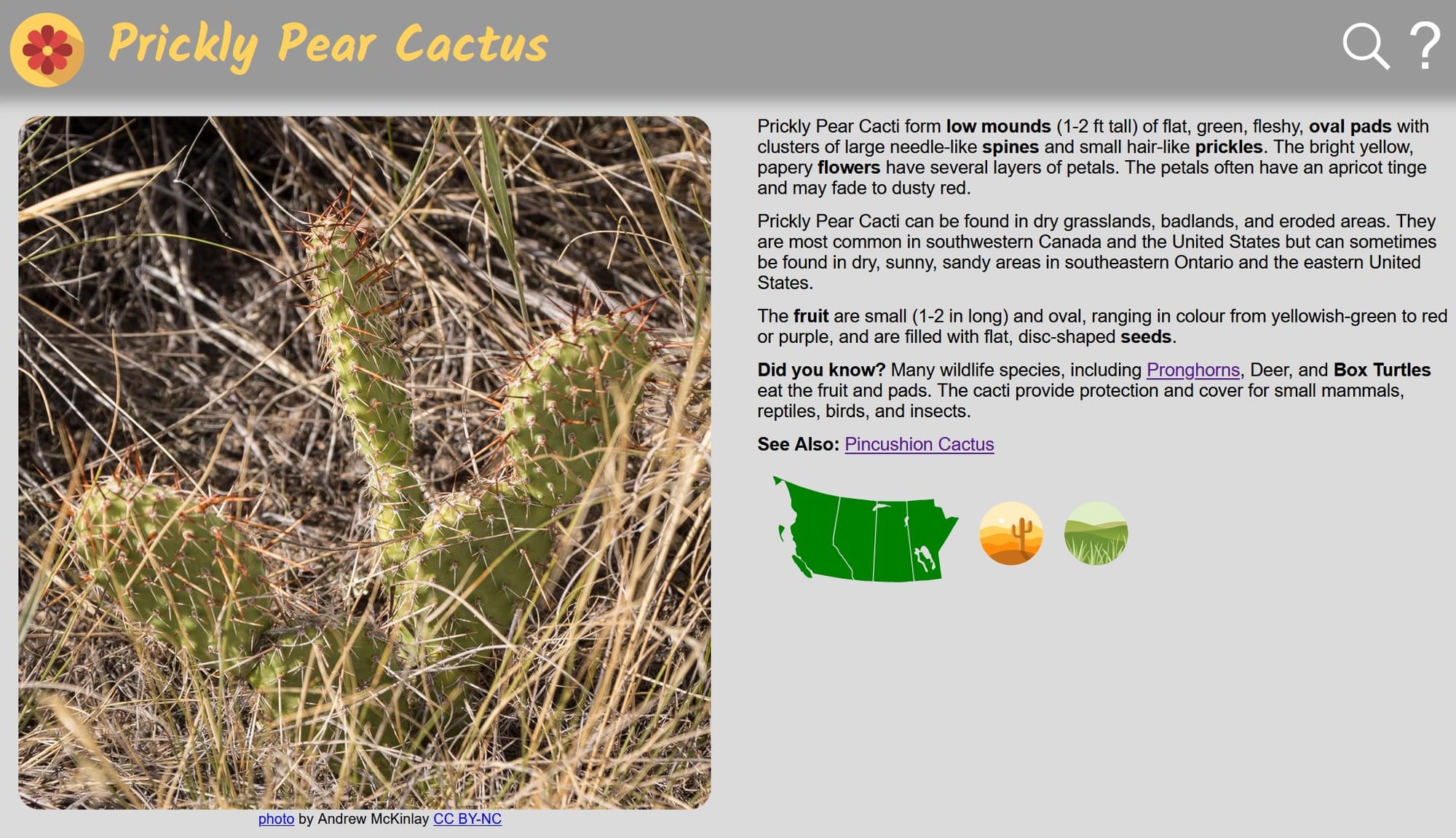Community Leaders & Books: July 2025

We profile local community leaders and post book reviews on a weekly basis on social media, along with excerpts from Nature Companion, our nature app/website. Once a month we repost these items on our website for those of you who may not be active on social media.
Community Leaders
British Columbia: The BC Lake Stewardship Society has developed a training module on watershed monitoring and assessment to understand the effects of diffuse sources of pollution on water quality.
Saskatchewan: EcoFriendly West/Nature Companion collaborates with Notice Nature to develop identification guides of Saskatchewan wildlife. New this year were guidebooks on Pollinators and Wetlands Wildlife.
Alberta: CitSci Alberta Hub offers citizen scientists the opportunity to share events, ideas, and resources, from celebrating a successful bird count to asking for help pulling invasive plants and documenting species in a municipal nature preserve.
Manitoba: The Discovery Nature Sanctuary in Winkler is a haven for wildlife in an urban setting. They are establishing native grassland on 6.5 acres and maintain a pollinator garden.
British Columbia: The Rivershed Society of BC’s goal is to connect, protect, and restore the Fraser River’s 34 riversheds that stretch from the Rocky Mountains to the Pacific Ocean.
Books
John Lister-Kaye runs the Aigas Field Centre in the Scottish Highlands. In Footprints in the Woods: The Secret Life of Forest and Riverbank, he discusses his encounters with badgers, pine martens, and otters. “Of all the dramatic wildlife we are fortunate enough to share our lives with … over and over again, for me, the very varied weasel family, Mustelidae, steals the show.”
“Perhaps more than any other form of life, plants have shaped nature on Earth and will surely continue to do so when we’re fossils ourselves. When the Earth was Green: Plants, Animals, and Evolution’s Greatest Romance by Riley Black provides a series of vignettes of how animal and plant life have changed each other through the ages: how life in the trees shaped human bodies and how catnip developed anti-insect defenses with unexpected consequences for felines.
In Hope Dies Last, Alan Weisman talks with visionary thinkers across the world who are tackling heat, rising tides, and imperiled nature. “You have to stubbornly hope that there might be a path forward. Not having hope is a self-fulfilling prophecy.”
Something in the Woods Loves You, Jarod K. Anderson: “It would be reductive and dishonest to say that my road to mental health was as simple as inviting nature back into my life. It wasn’t. Yet, reconnecting with the natural world was a key step along the way … I couldn’t deny that the world that made the heron made me too, that we were of the same time and context, and somehow, in that moment, it didn’t feel possible that I was made to be miserable and afraid, to be measured by bank statements or resumes, not when there were living poems, descended from dinosaurs, walking beneath the silent trees just as they had long before the first written language.”

Nature Companion
Prickly Pear Cacti provide protection and cover for small mammals, reptiles, birds, and insects. Many animals eat the fruit and pads. (Nature Companion is a free app/website introducing many of the plants and animals found in Canada’s four western provinces.)
Photo credit: https://www.flickr.com/photos/apmckinlay/29011837582
EcoFriendly West informs and encourages initiatives that support Western Canada’s natural environment through its online publication and the Nature Companion website/app. Like us on Facebook, follow us on BlueSky, X, and Mastodon, or subscribe by email.

Member discussion